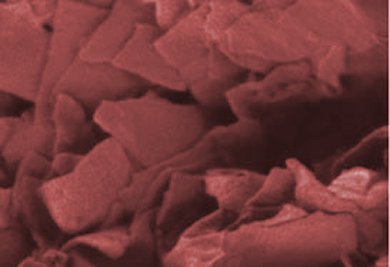Circulating tumor cells (CTCs) are cells that spread cancer through the body. After detaching from the original tumor, these cells travel in the blood circulation and reach distant organs where they give rise to new tumors. The detection of CTCs is thus essential to evaluate cancer progression and develop new therapies. Nevertheless, it is very challenging as CTCs are present in the blood of cancer patients at very low concentrations.
By using nanotechnology, Hyeun Joong Yoon and colleagues, University of Michigan, Ann Arbor, MI, USA, developed a chip able to sensitively and specifically detect CTCs. The new device is a microfluidic chamber made of a silicon substrate displaying 58,957 flower-shaped golden surfaces. These structures are covered with graphene oxide nanosheets functionalized with antibodies anti-EpCAM, a protein present on the surface of CTCs. When the researchers loaded their chip with blood samples of patients suffering from metastatic cancer, the antibodies linked to the nanosheets captured the CTCs with a high specificity and yield.
This novel chip is thus a promising tool to detect CTCs and improve the diagnosis and treatment of cancer patients.
- Sensitive capture of circulating tumour cells by functionalized graphene oxide nanosheets,
Hyeun Joong Yoon, Tae Hyun Kim, Zhuo Zhang, Ebrahim Azizi, Trinh M. Pham, Costanza Paoletti, Jules Lin, Nithya Ramnath, Max S. Wicha, Daniel F. Hayes, Diane M. Simeone, Sunitha Nagrath,
Nat. Nano. 2013, 8, 735–741.
DOI: 10.1038/nnano.2013.194




